Factores decisivos para o sucesso da criação do CIAUD-UPT foram a atividade de investigação anteriormente desenvolvida no âmbito do CI-ESG e agora no CIAUD-UPT, que regularmente ganha financiamentos competitivos de programas de investigação Nacionais e Europeus, tais como FCT, Cultura 2000, Europa Criativa, InterReg, POCTEP, etc. A grande variedade de projectos foi possível devido ao elevado número de candidaturas anuais apresentadas, respondendo à crescente competitividade do grupo.
Projetos de Investigação
- As project leader, CIAUD-UPT (previously Ci-ESG) successfully concluded the following scientific projects:
- One project from Creative Europe: 3DPast – Living & virtual visiting European World Heritage (https://esg.pt/3dpast/) (2016-2020);
- One project from the Foundation for Science and Technology (FCT): SEISMIC-V – Vernacular Seismic Culture in Portugal (www.esg.pt/seismic-v) (2013-2015);
- One project from the European Culture 2000 program: VERSUS – Lessons from Vernacular Heritage to Sustainable Architecture (www.esg.pt/versus) (2012-2014);
- Two projects from POS_C Vale do Minho Digital program: CATPAP – Catalogue of the architectural and archaeological heritage of the Alto Minho region (www.esgallaecia.inwebonline.net) (2004-2008); Online Digital library (2004-2008).
- As partner, CIAUD-UPT (previously Ci-ESG) actively participated/participates in:
- One project from HORIZON program: Space Architecture design and prototyping in planetary analogue environments (2024-2028);
- One project from the Foundation for Science and Technology (FCT): SizaATLAS – Filling the Gaps of World Heritage (2021-2024);
- One project from Creative Europe: VERSUS+ | Heritage for People (2019-2023);
- One project from TEMPUS program: Tempus 3D – Design for the sustainable development of local handicraft production (2013-2017);
- Three projects from European Cultura 2000 program: Terra (In)cognita II/Terra Europae (2009-2011) ; Terra Incognita I (2006-2008); Houses and Cities built with Earth (2005-2006)
- One project from InterReg III program: CADIVAFOR – To catalogue, study and valuing the defensive fortresses of Galicia and the north of Portugal border (2006-2008);
- One project from Gulbenkian Programa PARTIS & Art for Change: Ressonâncias: fluxos sonoros e culturais a partir da água para a integração de estudantes migrantes (2025).

MetroPoLis
Project Title: MetroPoLis. Lisbon and Porto shared metropolis. Sustainable tourism beyond city centre
Program: CIAUD embryonic projet. Funded by FCT – Fundação para a Ciência e a Tecnologia, I.P., under the Strategic Project with the references UIDB/04008/2020 and UIDP/04008/2020.
Period: 2024-25
Abstract:
The metropolitan areas can be presently the most relevant actors for leadership and competitiveness. They shape our present “way of life” and require a higher level of coordination for regional planning and institutional governance. The international tourism came as an economic key element for metropolitan governance and, possibly, it will be even more relevant in the coming years. To improve it, previous research has shown that changes in the institutional marks need to be balanced with good results from the technical issues of planning practices. In the context of the sustainable development goal for cities and communities (SDG number 11), if there is an opportunity to growth, maybe we should spread it into their metropolitan areas, beyond the city centres. The analysis will address this main question: how should we balance the tourism activities with the urban cohesion of Porto and Lisbon?

Ressonâncias
Project Title: Ressonâncias: fluxos sonoros e culturais a partir da água para a integração de estudantes migrantes
Program: Gulbenkian — Programa PARTIS & Art for Change
Period: 2025
Partners:
- Rio Neiva – Environmental NGO (Promotor)
- NICE – Núcleo de Intervenção Cultural de Esposende (Parceiro)
- Escola Henrique Medina (Parceiro)
- Câmara Municipal de Esposende (Parceiro)
- Portucalense University, CIAUD-UPT (Parceiro)
Based on the Social Diagnosis of Esposende (2023) and the specific social and educational needs identified, the ‘Resonances’ project aims to structure and enhance the process of welcoming and socially integrating young migrants from Esposende in a school context through artistic sound practices, with water as the framework and guiding element, promoting intercultural affections, the sharing of experiences, and broad participation in the community.
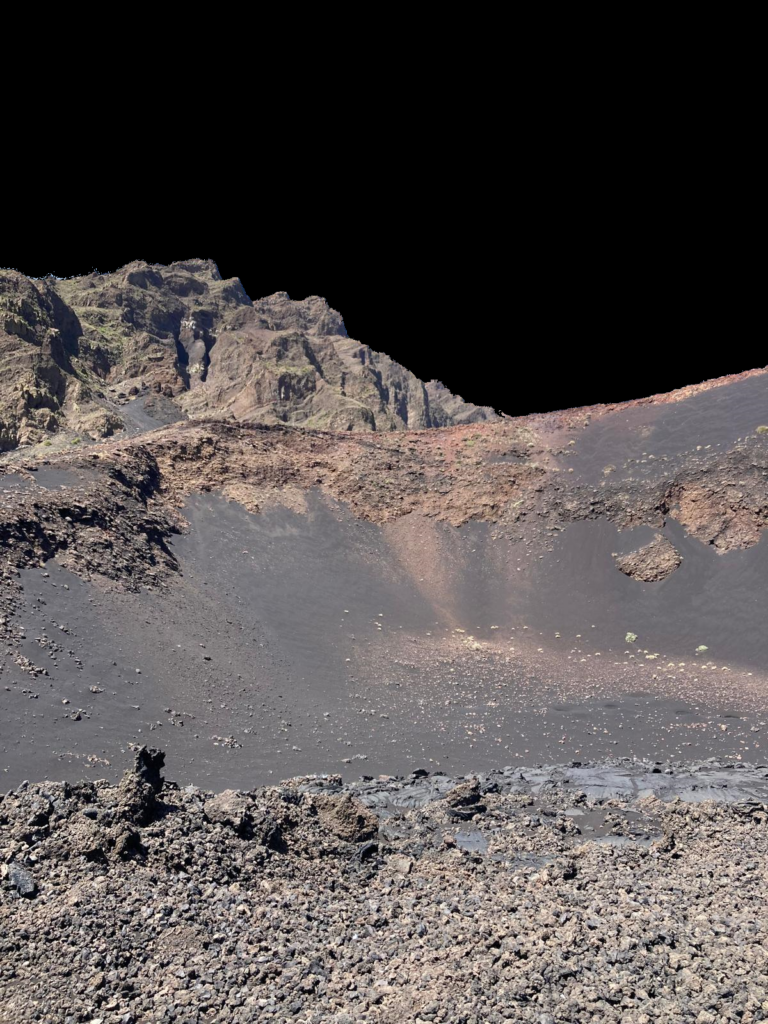
ArchiSpace
Program: HORIZON Europe | European Marie Skłodowska-Curie Action
Period: 2024-2028
Partners:
- IRSPS SRL – International Research School of Planetary Sciences, Italy (Project Leader )
- T.U. DELFT, The Netherlands;
- Portucalense University, CIAUD-UPT, Portugal;
- Université de Lyon 1 Claude Bernard, France;
- Vertico BV, The Netherlands;
- HUN-REN Research Centre for Astronomy and Earth Sciences, Hungary;
- Université de Cadi Ayyad, Morocco;
- Università degli Studi G. d’Annunzio Chieti – Pescara, Italy.
In this decade, we aim to come back to the Moon to stay. ArchiSpace aims to design and build living spaces of human infrastructures to be built on planetary surfaces, which will be tested in planetary analogue environments. This project represents the first effort, to the best of our knowledge, to use environmental and geological setting analogues, as a base to define architectural constraints, sketch design and prototypes to be used in future space human settlements. The human settlements to be developed will involve (new) low impact, low-cost and light operations and ISRU materials. This planetary “green” approach could also be applied on Earth. ArchiSpace is pioneering a new field of interdisciplinary and intersectoral research in Europe by bridging geology/space sciences and architecture/space architecture. ArchiSpace promotes an innovative international, inter-sectoral and interdisciplinary research and innovation collaboration that can contribute to Europe’s competitiveness and growth.

SizaATLAS
Program: FCT – Foundation for Science and Technology
Period: 2021-2024
Partners:
- ISTAR-IUL – Research Center for Information Sciences, Technologies and Architecture, ISCTE – University Institute of Lisbon (Project Leader)
- CEAU – Center for Architecture and Urbanism Studies, FAUP – Faculty of Architecture of the University of Porto
- CIAUD-UPT – Research Centre for Architecture, Urbanism and Design – Portucalense University’s pole
The scope of the project is to address a comprehensive inventory of all of Siza’s built works, and to develop a detailed documentation and analysis of the 18 buildings selected for the World Heritage List. This research and the comparison with other contemporary architecture will result in a better understanding of the unique value of Siza’s architecture, in a national and international context. This will be key to establishing the justification of the Outstanding Universal Value (OUV) of his work, its national protection, and an effective management system to support the instruction of Siza’s works nomination for the World Heritage List. The proposed research team has multidisciplinary competences in the areas of Architecture, History, World Heritage, Technology, Engineering, and IT.

VERSUS+
Program: Creative Europe, European Commission
Period: 2019-2023
Partners:
- UPV – Polytechnic University of Valencia (Spain) (Project Leader)
- CIAUD-UPT – Portucalense University’s pole of the Research Centre for Architecture, Urbanism and Design (Portugal)
- UNIFI – University of Florence (Italy)
- UNICA – University of Cagliari (Italy)
- CRATerre – Grenoble School of Architecture (France).
The project focuses on the transmission of knowledge of vernacular heritage to different branches of society and the general public. It pays special attention to the society of the future (children and young people) as well as local, regional and national authorities in charge of heritage management including specialists in the field of architecture together with craftsmen and companies in the construction and tourism sectors, cultural and social associations and educational institutions. Above all it plays an essential role in contemporary society as it is able to highligth important principles and lessons for a respectful sustainable architecture.
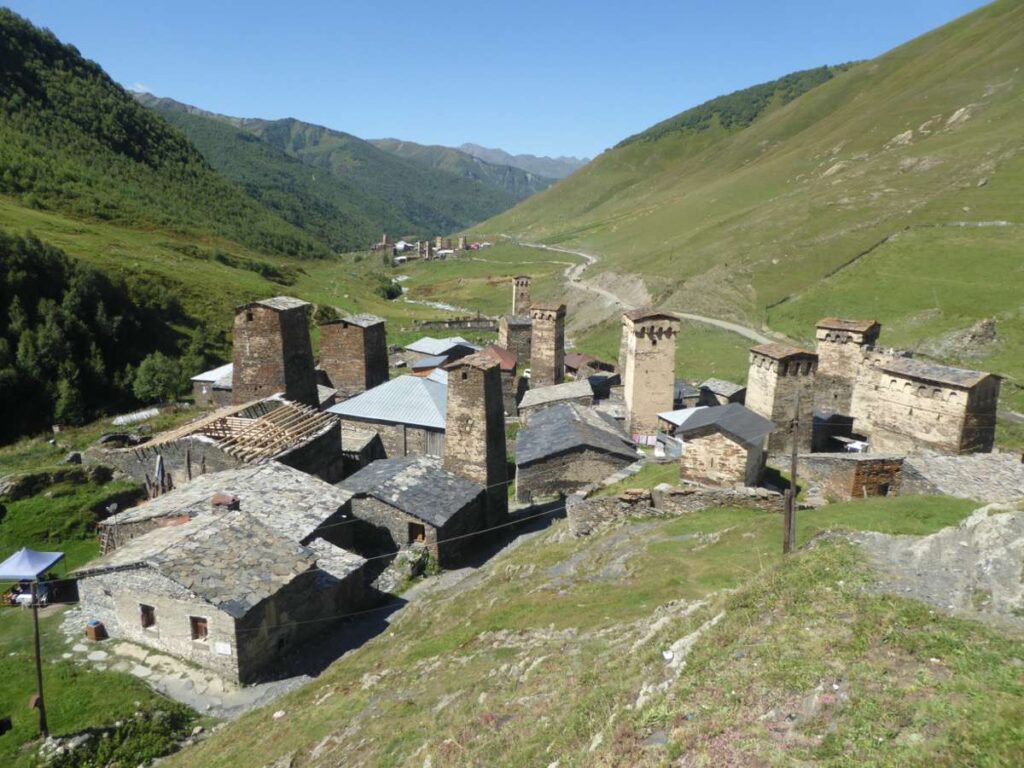
3DPAST
Program: Creative Europe, European Commission
Period: 2016-2020
Partners:
- ESG – Escola Superior Gallaecia / now integrated at CIAUD-UPT – Portucalense University’s pole of the Research Centre for Architecture, Urbanism and Design (Portugal) – (Project Leader)
- UPV – Polytechnic University of Valencia (Spain)
- UNIFI – University of Florence (Italy).
The project focused on the vernacular dwellings located in different sites, across Europe. It explored the Architectural Dimension (D1) regarding the buildings maintenance, in order to contribute to the awareness and the preservation of the authenticity and integrity principles at those sites. It contributed to the interpretation of the Local Building Culture Historical Evolution (D2) of the dwellings’ sites, which were recreated through 3D visualization and augmented reality. This became a powerful didactic tool not only to learn and value the relevance of the vernacular buildings, but also to enhance the Immaterial Culture (D3) still in-use nowadays, regarding the buildings’ architectural techniques, materials and building systems’ maintenance.
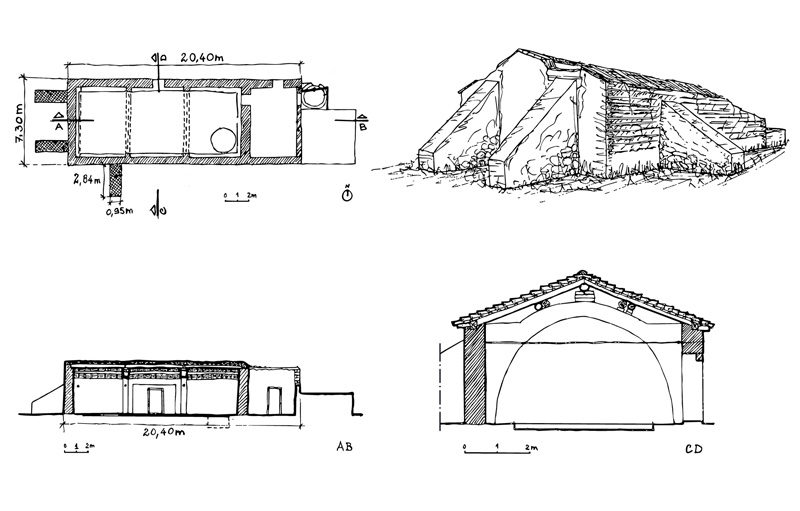
Seismic-V
Program: FCT – Foundation for Science and Technology
Period: 2013-2015
Partners:
- ESG – Escola Superior Gallaecia / now integrated at CIAUD-UPT – Portucalense University’s pole of the Research Centre for Architecture, Urbanism and Design (Portugal), (Project Leader)
- UM – Department of Civil Engineering, University of Minho
- UA – Department of Civil Engineering, University of Aveiro.
The project aimed to investigate the problem related to the identification of elements of earthquake-resistant architecture, which can be identified in the vernacular heritage in use. It aimed to verify the concept of “Local Seismic Culture”, in a consistent way, in Portugal. according to current security parameters. The investigation contributed to the awareness and protection of the local seismic culture. Results provided data for the earthquake-resistant reinforcement of the architectural components of the vernacular heritage in use.

TEMPUS 3D
Program: TEMPUS
Period: 2013-2017
Partners:
- ESG – Escola Superior Gallaecia / now integrated at CIAUD-UPT – Portucalense University’s pole of the Research Centre for Architecture, Urbanism and Design (Portugal) (Project Leader).
- UNIFI – University of Florence (Italy).
- POLITO – Polytechnic University of Turin (Italy).
- UB – University of Barcelona (Spain), CSM (Italy).
The European Tempus Program (ERASMUS+) aimed to promote the modernization and creation of skills in higher education in EU partner countries. The TEMPUS3D project aimed to develop 2nd cycle training (Masters) in priority areas in Tunisia: Human Sciences and Arts domain of Design. The master’s degree focused on the area of design for the sustainable development of local craft production. The project trained designers at the three partner universities in Tunisia, who worked closely with local artisans for the development of the production system, in order to innovate in terms of design, production and the market.

VerSus
Program: Culture 2000, European Commission
Period: 2012-2014
Partners:
- ESG – Escola Superior Gallaecia / now integrated at CIAUD-UPT – Portucalense University’s pole of the Research Centre for Architecture, Urbanism and Design (Portugal) (Project Leader).
- UPV – Polytechnic University of Valencia (Spain).
- UNICA – University of Cagliari (Italy).
- UNIFI – University of Florence (Italy).
- CRATerre – Grenoble School of Architecture (France).
The project’s main aim was to gain knowledge from the fundamental lessons and principles of the vernacular architecture, and to explore new ways to apply those principles into contemporary sustainable architecture. VerSus research project was based on the identification of strategies and principles within vernacular heritage, in order to define a conceptual approach for sustainable architectural design.

Terra (In)cógnita II
Program: Culture 2000, European Commission
Period: 2009-2011
Partners:
- School of Avignon (France) (Project Leader).
- ESG – Escola Superior Gallaecia / now integrated at CIAUD-UPT (Portugal).
- UNIFI – University of Florence (Italy).
- UPV – Polytechnic University of Valencia (Spain).
- CAUE (France).
This is a follow up project of the TERRA INCÓGNITA one. It was based on scientific missions to the 27 countries of the European Union. It consists of defining the state of the art of European earth architecture, in terms of heritage and contemporary architecture; restoration and training; education and academic research; professionals and producers, etc. The intention is to produce a rigorous cartography of earth architecture in the 27 countries analyzed, as well as the recognition of key specialists, allowing the creation, consolidation and dissemination of an operative network of European specialists.
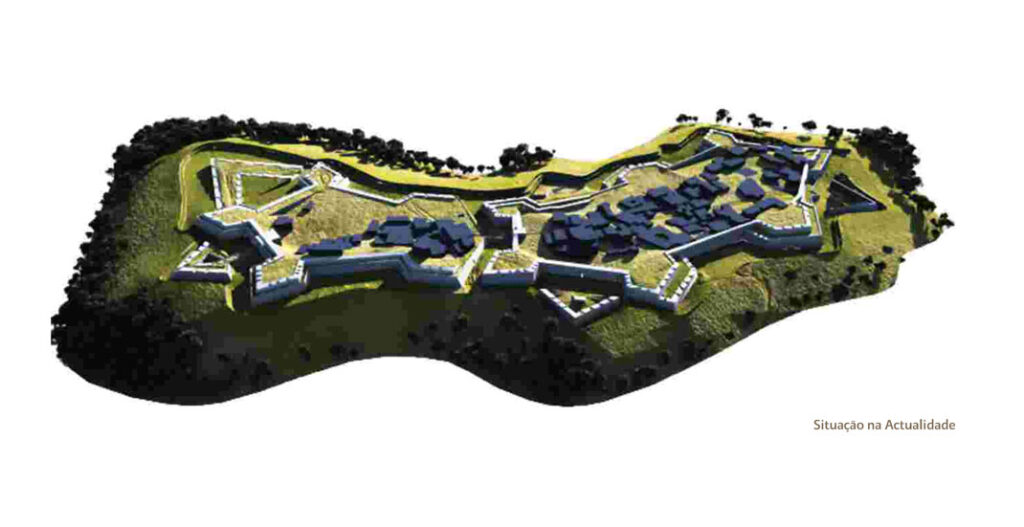
Cadivafor
Program: InterReg IIIA
Period: 2006-2008
Partners:
- CIEFAL-ICOMOS (Galicia-Spain) (Project Leader).
- ESG – Escola Superior Gallaecia / now integrated at CIAUD-UPT – Portucalense University’s pole of the Research Centre for Architecture, Urbanism and Design (Portugal).
- CIS Calicia – Tecnologia y Diseño (Galiciaa-Spain)
The project focuses on the transmission of knowledge of verncular heritage to all branches of society and the general public. It pays special attention to the society of the future (children and young people) as well as local, regional and national authorities in charge of heritage management including specialists in the field of architecture together with craftsmen and companies in the construction and tourism sectors, cultural and social associations and educational institutions. Above all it plays an essential role in contemporary society as it is able to teach us important principles and lessons for a respectful sustainable architecture.

CATPAP
Program: POS_C Vale do Minho Digital
Period: 2006-2008
Partners:
- ESG – Escola Superior Gallaecia / now integrated at CIAUD-UPT Portucalense University’s pole of the Research Centre for Architecture, Urbanism and Design (Portugal) (Project Leader).
- CIM-Alto Minho – Intermunicipal Community of Minho Valley
Completed in March 2008, the project consisted of the preparation of an integrated study of the architectural, archaeological and landscape heritage of the Minho Valley. The existing assets were cataloged through the creation of a database, elaborated in the “In Domus” program, structured in four generic themes: Military Architecture, Religious Architecture, Vernacular Architecture and Archaeological Heritage.
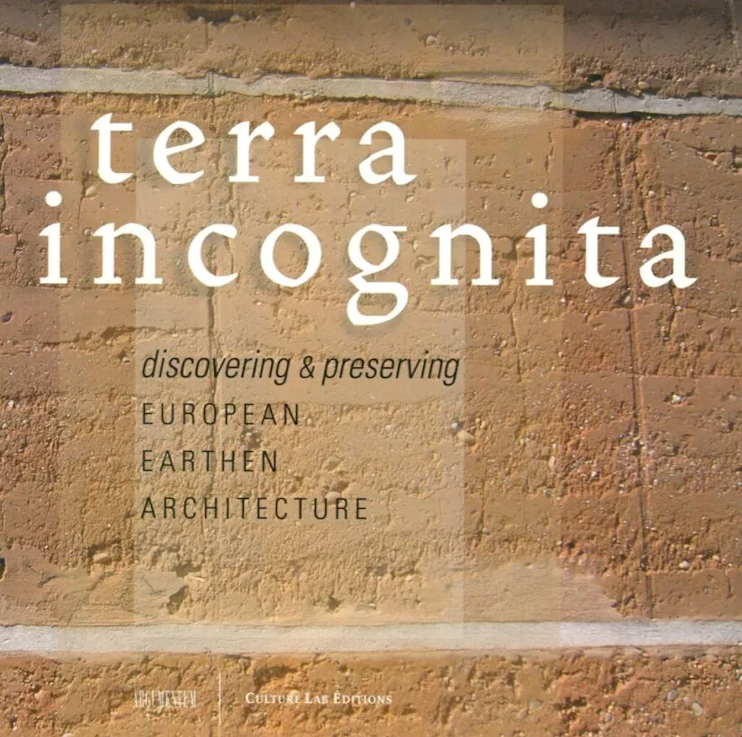
Terra Incógnita
Program: Culture 2000, European Commission
Period: 2006-2008
Partners:
- School of Avignon (France); CRATerre – Grenoble School of Architecture (France) (Project Leader).
- UNIFI – University of Florence (Italy).
- UPV – Polytechnic University of Valencia (Spain).
- ESG – Escola Superior Gallaecia / now integrated at CIAUD-UPT – Portucalense University’s pole of the Research Centre for Architecture, Urbanism and Design (Portugal).
The project was developed through the elaboration of the State of the Art, of earth architecture in Italy, France, Spain and Portugal, with regard to their heritage, contemporaneity, education, training and research. Publication of two European reference works on the subject: “Terra Incognita – Discover” (white book) and “Terra Incognita – Preserve” (manual).

Houses and Cities Built With Earth
Program: Culture 2000, European Commission
Period: 2005-2006
Partners:
- UNICA – University of Cagliari (Italy) (Project Leader).
- ESG – Escola Superior Gallaecia / now integrated at CIAUD-UPT – Portucalense University’s pole of the Research Centre for Architecture, Urbanism and Design (Portugal).
- UV – University of Valencia, History Department (Spain)
The project had as its fundamental objective the training of local technicians in the conservation of built heritage in earth architecture; holding intensive courses in Italy, Spain, Portugal and Morocco (Marrakech and Figuig) with the participation of specialists. Part of the results was formalized in a publication entitled “Houses and Cities Built With Earth: conservation, significance and urban quality”.
